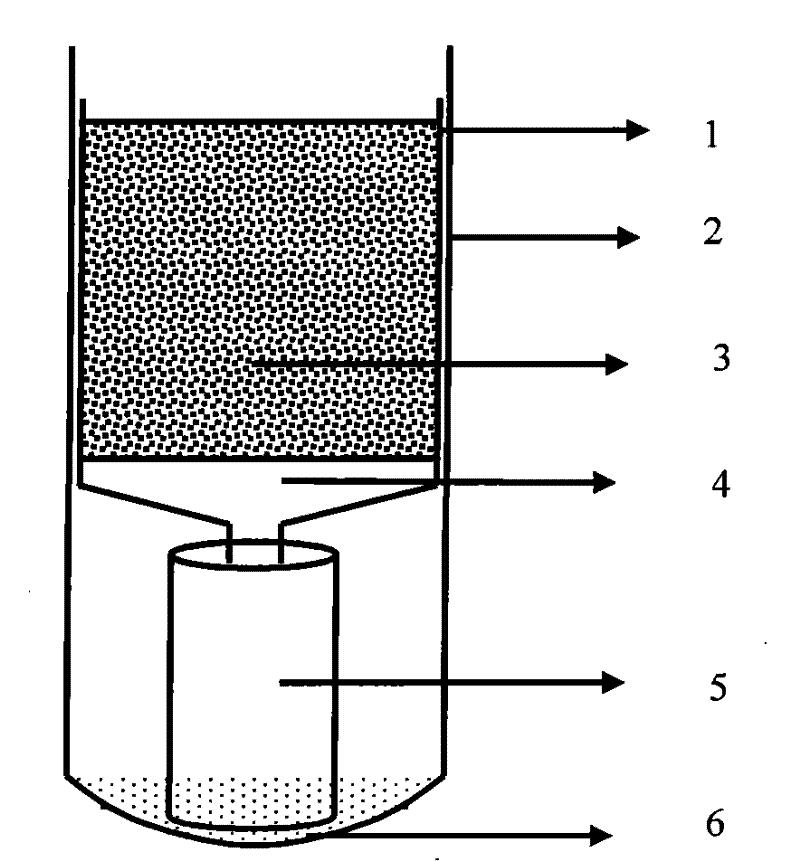Method for detecting acute toxicity of copper-contaminated soil using freshwater luminescent bacteria
A technology of luminescent bacteria and acute toxicity, which is applied in the field of detecting acute toxicity of copper-contaminated soil with freshwater luminescent bacteria, can solve the problems of complex matrix, affecting soil toxicity test results, changing sample background conditions, etc., and achieves simple operation, safe use, and method novel effect
- Summary
- Abstract
- Description
- Claims
- Application Information
AI Technical Summary
Problems solved by technology
Method used
Image
Examples
Embodiment Construction
[0025] Describe in detail below in conjunction with the embodiment of the present invention: this embodiment implements under the premise of the technical solution of the present invention, has provided detailed implementation and specific operation process, but protection scope of the present invention is not limited to the following Example.
[0026] Qinghai Vibrio Q67 (Vibrio-qinghaiensis sp.-Q67) is a freshwater luminous bacterium isolated from the surface of Qinghai naked carp (Gymnocypris przewalskii) in Qinghai Lake, my country. The bacterium has natural luminescent properties and is not pathogenic sex. Therefore, the application of Qinghai Vibrio Q67 to the acute toxicity detection of copper-contaminated soil samples has a greater advantage than that of seawater luminescent bacteria.
[0027] The present invention is achieved through the following technical solutions, comprising the following steps:
[0028] The first step, preparation of luminescent bacteria suspensi...
PUM
 Login to View More
Login to View More Abstract
Description
Claims
Application Information
 Login to View More
Login to View More - R&D
- Intellectual Property
- Life Sciences
- Materials
- Tech Scout
- Unparalleled Data Quality
- Higher Quality Content
- 60% Fewer Hallucinations
Browse by: Latest US Patents, China's latest patents, Technical Efficacy Thesaurus, Application Domain, Technology Topic, Popular Technical Reports.
© 2025 PatSnap. All rights reserved.Legal|Privacy policy|Modern Slavery Act Transparency Statement|Sitemap|About US| Contact US: help@patsnap.com



